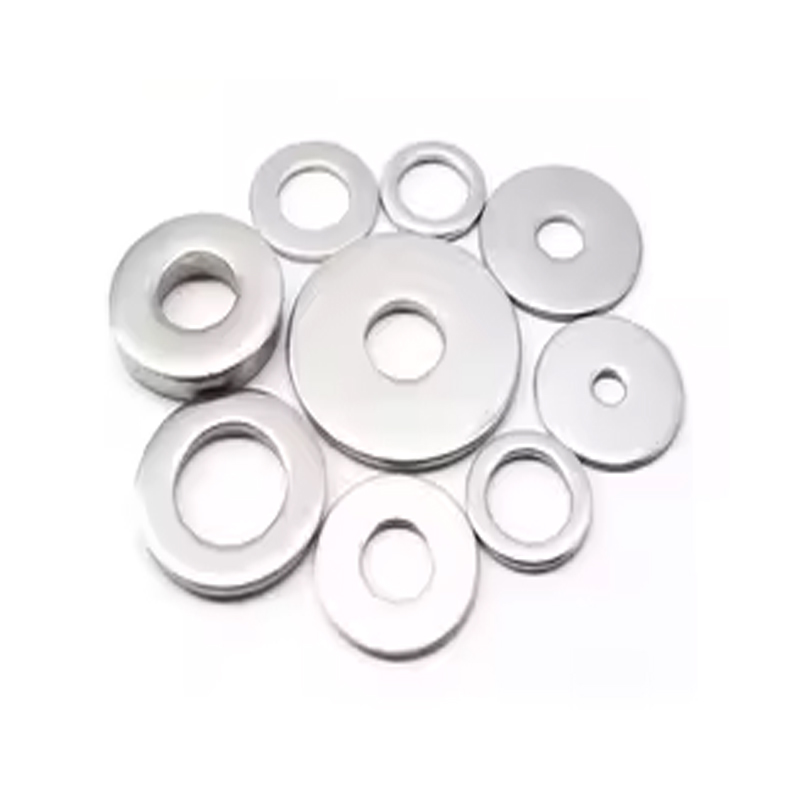Front Engine Oil Seal Replacement Guide for Optimal Performance and Longevity
Understanding the Front Main Oil Seal Importance and Maintenance
The front main oil seal is a critical component in an internal combustion engine, playing a vital role in maintaining the engine's efficiency and longevity. This seal is primarily responsible for preventing engine oil from leaking out of the crankshaft area while ensuring that contaminants do not enter the engine. A failure of the front main oil seal can lead to significant issues, including oil leaks, reduced lubrication, and potential engine damage. In this article, we will explore the function, importance, signs of failure, and maintenance tips for the front main oil seal.
Function of the Front Main Oil Seal
Located at the front end of the crankshaft, the front main oil seal works by creating a tight seal around the crankshaft while allowing it to rotate smoothly. It is typically made from durable rubber or a synthetic compound that is capable of withstanding high temperatures and oil exposure. The seal's design ensures that engine oil is contained within the oil pan and lubricates vital engine components without spilling onto the engine bay.
Importance of the Front Main Oil Seal
The importance of the front main oil seal cannot be overstated. Engine oil lubricates moving parts, reduces friction, and helps to dissipate heat. A properly functioning oil seal ensures that the oil remains where it’s needed most, preventing it from leaking onto the ground or into other compartments of the engine. Moreover, an effective seal prevents dirt and debris from entering the engine, which could cause catastrophic damage over time.
In addition, maintaining the integrity of the front main oil seal helps in preserving optimal engine performance. When the seal is compromised, it can lead to a drop in oil pressure, which can affect the engine's overall function. This may result in premature wear of engine components, inefficient fuel consumption, and ultimately, a reduction in the vehicle's lifespan.
Signs of Seal Failure
It is crucial for vehicle owners to be aware of the signs indicating a failing front main oil seal. One of the most overt signs is the presence of oil leaks under the front of the engine. If oil is pooling in this area, it is often a clear indicator that the seal has worn out or is damaged. Additionally, a noticeable drop in oil pressure can lead to warning lights on the dashboard, signaling that the oil is not circulating effectively.
front main oil seal

Furthermore, unusual noises such as grinding or knocking can signify that the engine parts are not being properly lubricated due to insufficient oil. In such instances, it is advisable to inspect the front main oil seal as part of a broader evaluation of the engine's condition.
Maintenance Tips
To extend the life of the front main oil seal and ensure its optimal performance, regular maintenance is essential. Here are some practical tips
1. Routine Oil Changes Regular oil changes help maintain high-quality oil in the engine, reducing the risk of contaminants that can wear down seals.
2. Inspection During routine vehicle check-ups, mechanics should inspect the front main oil seal for any signs of wear, cracks, or leaks.
3. Use Quality Parts When replacing the oil seal, always opt for high-quality, OEM (Original Equipment Manufacturer) parts to ensure durability and compatibility.
4. Engine Cleaning Keeping the engine clean can help prevent the accumulation of grime and debris that can compromise the seal's effectiveness.
In conclusion, the front main oil seal is a pivotal component that directly impacts engine performance and longevity. Understanding its function, recognizing signs of failure, and adhering to maintenance practices can help vehicle owners avoid costly repairs and ensure their engines run smoothly for years to come. Maintaining a vigilant approach to engine care will not only preserve the integrity of the seal but also bolster the overall efficiency of the vehicle.
-
Understanding Automotive Oil Seals: Essential Components for Engine and Shaft Protection
News Jul.30,2025
-
The Importance of Heavy Duty Seals in Industrial and Residential Applications
News Jul.30,2025
-
Exploring Industrial Oil Seals: From Felt Oil Seals to TTO and CFW Solutions
News Jul.30,2025
-
Essential Guide to Oil Seals: From Radial to Metal-Cased Seals for Industrial Reliability
News Jul.30,2025
-
Choosing the Right Oil Seals and Gaskets for Industrial and Automotive Applications
News Jul.30,2025
-
Cassette Seals: Durable Sealing Solutions for Harsh Environments
News Jul.30,2025
-
Understanding the Front Main Engine Seal: Purpose, Maintenance, and Installation
News Jul.29,2025
Products categories















